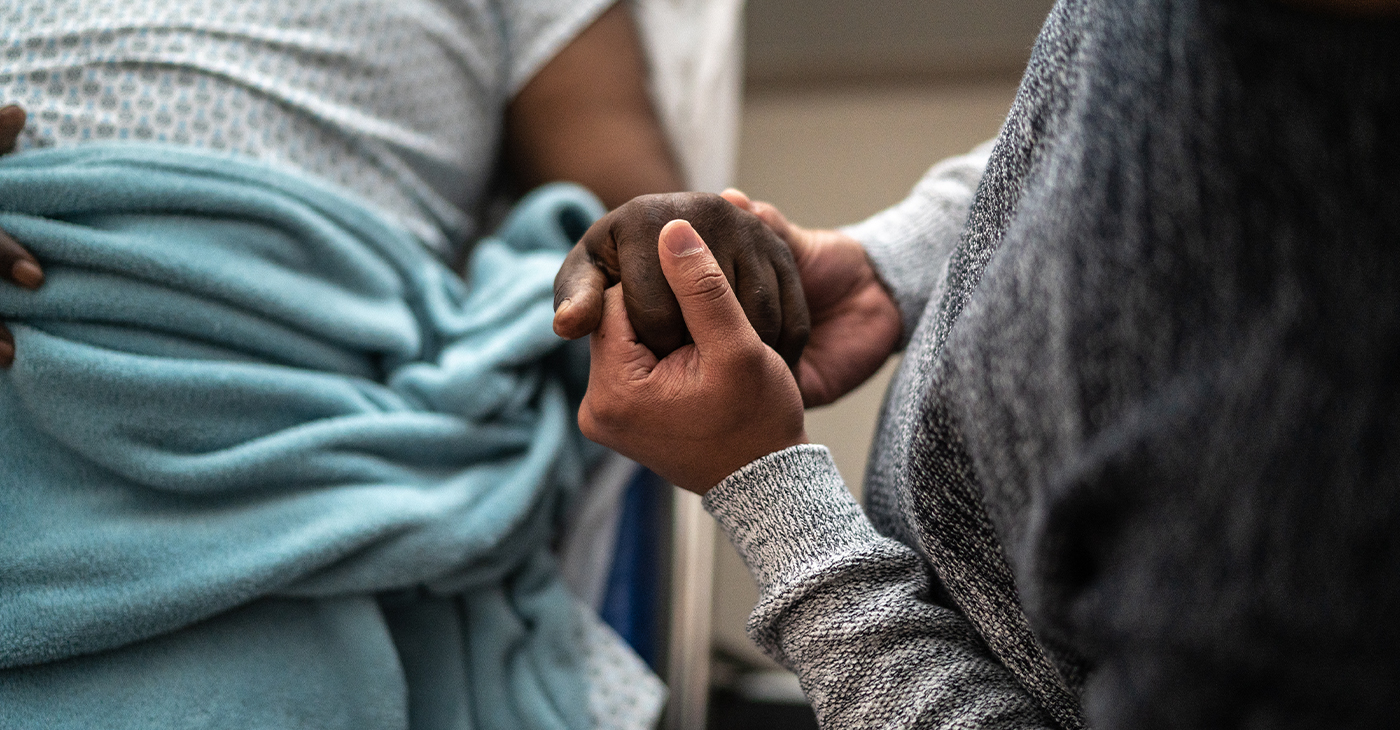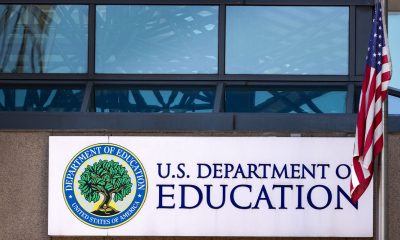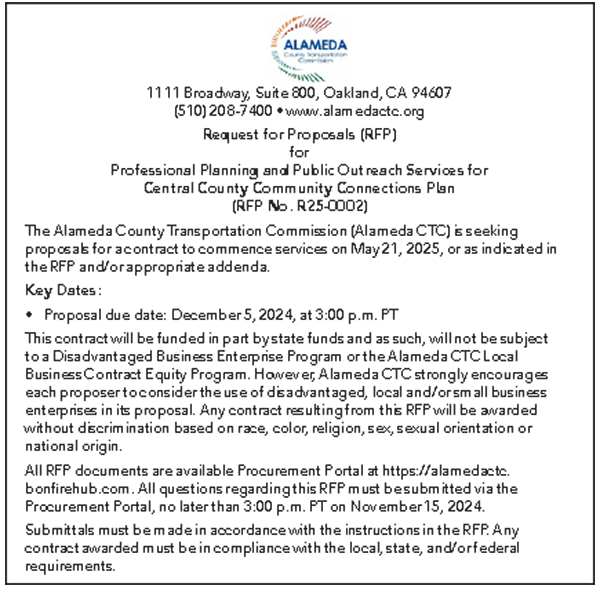#NNPA BlackPress
PRESS ROOM: Two Million Preventable Deaths in the Past 20 Years
NNPA NEWSWIRE — Reducing the quality of life, psychosocial, and economic burden resulting from lack of access to high-quality, affordable healthcare is a primary concern of forty-two million African American voters. We will vote according to our health interests irrespective of political party.

The National Black Church Initiative Released the National Black Health Agenda Report to the White House, GOP, and the US Congress Requesting $2.25 Trillion in Additional Spending for African American Healthcare
Washington D.C.– The National Black Church Initiative (NBCI), a coalition of 150,000 African American churches, which constitute over 27.7 million churchgoers, are calling for the 118th US Congress to take action against the stark state of health amongst Black Americans. According to the Washington Post article titled, Black Communities Endured a Wave of Excess Deaths in the Past 2 Decades (tinyurl.com/4x7dyku9), America’s Black communities experienced an excess of 1.6 million deaths (not counting the COVID-19 deaths). Compared with their white counterparts during the past two decades. This is a devastating loss that comes at a cost of hundreds of billions of dollars, according to two recent studies by the JAMA Network that build on a generation of research into health disparities and inequity.
Rev. Anthony Evans, President of the NBCI, forcedly states, “The Black Church must stand up and use its 27.7 million votes to protect the health of Black people in this 2024 election.”
Since the 1985 Heckler Report, issued by then-Secretary of Health, Education, and Welfare Margaret Heckler, there have been only words and studies. With expert analysis, for the first time since her report, the National Black Health Agenda has moved to change those words into solid, concrete action, starting in 2025. We believe a $2.25 trillion down payment is a good starting point.
Reducing the quality of life, psychosocial, and economic burden resulting from lack of access to high-quality, affordable healthcare is a primary concern of forty-two million African American voters. We will vote according to our health interests irrespective of political party.
Our nation must ask the critical question: Do Black lives truly matter? Why is the United States unwilling to spend the necessary money to curtail and eliminate health disparities and death and dying after 500 years in this country? What is the central question here? Racism is the primary reason for the unfolding of this American tragedy. The Black Church demands that the US Congress does something to fix this problem immediately. Rev. Anthony Evans further states, “The Black Church is making this bold step forward in this debate. Our discussions over the last 30 years have all been about words, and the last time we checked- words did not heal anyone. This is why we are taking this extraordinary and powerful demand that the Congress of the United States pay attention to the value of African American humanity. The price tag is $2.25 trillion starting in 2025 over the next ten years. This country must finally make real the promissory note issued to African Americans it gave African Americans over 500 years ago!”
Joseph L. Webster, Sr., MD, MBA, FACP Clinical Director, NBCI American Clinical Health Disparity Commission (ACHDC) says, “At this pivotal moment in the survival of humankind as we know it, the ‘church’ again has stepped up to call upon the seat of Government to ‘heal the land.’”
This National Black Health Agenda proposed and hereby presented by the NBCI and its collaborative partners –CME Outfitters and the American Clinical Health Disparity Commission – is the first comprehensive Agenda explicitly designed to address the holistic HEALTH of African Americans in the United States of America. This National Black Health Agenda is not only timely, but it is both ‘morally correct’ and ‘fiscally responsible’ and deserves the full backing of all representative components of our government – including Congress and the President of the United States of America. Anything less than enthusiastic endorsement will be unpatriotic and a great disservice to today’s citizens and their children for future generations. Additionally, it will cost America over $250 Billion annually until the disparity gap is closed. Rev. Evans and the NBCI team are to be commended for this transformative document that, if implemented, will positively change the lives of millions and simultaneously change the ‘moral trajectory’ of this Republic back on a course that will truly make it not just a mighty nation, but a Great Nation.”
The Black Church will not allow this to happen without a fight. We will utilize our moral power and authority by exercising the vote. If necessary, we will force this issue of the value of Black humanity at the ballot box in 2024. Over the next ten years, we will apply multiple strategies to awaken Congress to the urgency of this crisis.
Every leading expert in health disparities, including the Center for Budgetary Priorities, has said that this investment will strengthen our nation and produce huge savings. Dr. David Satcher, former director of the Health Leadership Institute and Center of Excellence on Health Disparities at Morehouse School of Medicine and the 16th Surgeon General of the United States, and Dr. Thomas LaVeist, Dean of the Tulane University School of Public Health and Tropical Medicine, both realized that an enormous investment into African American health is critical to the moral, economic future of our nation.
These two leading African American experts, who have a combined wisdom of over 100 years, have created a blueprint for our country to drastically curtail negative health outcomes and start us on a path to eliminating health disparities over the next 20 years.
They would also agree that the efforts put forth in this report by Rev. Anthony Evans and leading African American clinicians are a good start and a critical gesture for a strong beginning. Thus, 50 years of government reports and non-action on health disparities will have been turned into concrete action.
ABOUT NBCI
The National Black Church Initiative (NBCI) is a coalition of 150,000 African American and Latino churches working to eradicate racial disparities in healthcare, technology, education, housing, and the environment. The mission of NBCI is to provide critical wellness information to all its members, congregants, churches, and the public. NBCI, utilizing faith and sound health science and partners with major organizations and officials, reduces racial disparities in the variety of areas cited above. NBCI’s programs are governed by credible statistical analysis, science-based strategies and techniques, and methods that work and offer faith-based, out-of-the-box, and innovative solutions to stubborn economic and social issues.
#NNPA BlackPress
Chavis and Bryant Lead Charge as Target Boycott Grows
BLACKPRESSUSA NEWSWIRE — Surrounded by civil rights leaders, economists, educators, and activists, Bryant declared the Black community’s power to hold corporations accountable for broken promises.

By Stacy M. Brown
BlackPressUSA.com Senior National Correspondent
Calling for continued economic action and community solidarity, Dr. Jamal H. Bryant launched the second phase of the national boycott against retail giant Target this week at New Birth Missionary Baptist Church in Atlanta. Surrounded by civil rights leaders, economists, educators, and activists, Bryant declared the Black community’s power to hold corporations accountable for broken promises. “They said they were going to invest in Black communities. They said it — not us,” Bryant told the packed sanctuary. “Now they want to break those promises quietly. That ends tonight.” The town hall marked the conclusion of Bryant’s 40-day “Target fast,” initiated on March 3 after Target pulled back its Diversity, Equity, and Inclusion (DEI) commitments. Among those was a public pledge to spend $2 billion with Black-owned businesses by 2025—a pledge Bryant said was made voluntarily in the wake of George Floyd’s murder in 2020.“No company would dare do to the Jewish or Asian communities what they’ve done to us,” Bryant said. “They think they can get away with it. But not this time.”
The evening featured voices from national movements, including civil rights icon and National Newspaper Publishers Association (NNPA) President & CEO Dr. Benjamin F. Chavis Jr., who reinforced the need for sustained consciousness and collective media engagement. The NNPA is the trade association of the 250 African American newspapers and media companies known as The Black Press of America. “On the front page of all of our papers this week will be the announcement that the boycott continues all over the United States,” said Chavis. “I would hope that everyone would subscribe to a Black newspaper, a Black-owned newspaper, subscribe to an economic development program — because the consciousness that we need has to be constantly fed.” Chavis warned against the bombardment of negativity and urged the community to stay engaged beyond single events. “You can come to an event and get that consciousness and then lose it tomorrow,” he said. “We’re bombarded with all of the disgust and hopelessness. But I believe that starting tonight, going forward, we should be more conscious about how we help one another.”
He added, “We can attain and gain a lot more ground even during this period if we turn to each other rather than turning on each other.” Other speakers included Tamika Mallory, Dr. David Johns, Dr. Rashad Richey, educator Dr. Karri Bryant, and U.S. Black Chambers President Ron Busby. Each speaker echoed Bryant’s demand that economic protests be paired with reinvestment in Black businesses and communities. “We are the moral consciousness of this country,” Bryant said. “When we move, the whole nation moves.” Sixteen-year-old William Moore Jr., the youngest attendee, captured the crowd with a challenge to reach younger generations through social media and direct engagement. “If we want to grow this movement, we have to push this narrative in a way that connects,” he said.
Dr. Johns stressed reclaiming cultural identity and resisting systems designed to keep communities uninformed and divided. “We don’t need validation from corporations. We need to teach our children who they are and support each other with love,” he said. Busby directed attendees to platforms like ByBlack.us, a digital directory of over 150,000 Black-owned businesses, encouraging them to shift their dollars from corporations like Target to Black enterprises. Bryant closed by urging the audience to register at targetfast.org, which will soon be renamed to reflect the expanding boycott movement. “They played on our sympathies in 2020. But now we know better,” Bryant said. “And now, we move.”
#NNPA BlackPress
The Department of Education is Collecting Delinquent Student Loan Debt
BLACKPRESSUSA NEWSWIRE — the Department of Education will withhold money from tax refunds and Social Security benefits, garnish federal employee wages, and withhold federal pensions from people who have defaulted on their student loan debt.

By April Ryan
Trump Targets Wages for Forgiven Student Debt
The Department of Education, which the Trump administration is working to abolish, will now serve as the collection agency for delinquent student loan debt for 5.3 million people who the administration says are delinquent and owe at least a year’s worth of student loan payments. “It is a liability to taxpayers,” says White House Press Secretary Karoline Leavitt at Tuesday’s White House Press briefing. She also emphasized the student loan federal government portfolio is “worth nearly $1.6 trillion.” The Trump administration says borrowers must repay their loans, and those in “default will face involuntary collections.” Next month, the Department of Education will withhold money from tax refunds and Social Security benefits, garnish federal employee wages, and withhold federal pensions from people who have defaulted on their student loan debt. Leavitt says “we can not “kick the can down the road” any longer.”
Much of this delinquent debt is said to have resulted from the grace period the Biden administration gave for student loan repayment. The grace period initially was set for 12 months but extended into three years, ending September 30, 2024. The Trump administration will begin collecting the delinquent payments starting May 5. Dr. Walter M. Kimbrough, president of Talladega College, told Black Press USA, “We can have that conversation about people paying their loans as long as we talk about the broader income inequality. Put everything on the table, put it on the table, and we can have a conversation.” Kimbrough asserts, “The big picture is that Black people have a fraction of wealth of white so you’re… already starting with a gap and then when you look at higher education, for example, no one talks about Black G.I.’s that didn’t get the G.I. Bill. A lot of people go to school and build wealth for their family…Black people have a fraction of wealth, so you already start with a wide gap.”
According to the Education Data Initiative, https://educationdata.org/average-time-to-repay-student-loans It takes the average borrower 20 years to pay their student loan debt. It also highlights how some professional graduates take over 45 years to repay student loans. A high-profile example of the timeline of student loan repayment is the former president and former First Lady Barack and Michelle Obama, who paid off their student loans by 2005 while in their 40s. On a related note, then-president Joe Biden spent much time haggling with progressives and Democratic leaders like Senators Elizabeth Warren and Chuck Schumer on Capitol Hill about whether and how student loan forgiveness would even happen.
#NNPA BlackPress
VIDEO: The Rev. Dr. Benjamin F. Chavis, Jr. at United Nations Permanent Forum on People of African Descent
https://youtu.be/Uy_BMKVtRVQ Excellencies: With all protocol noted and respected, I am speaking today on behalf of the Black Press of America and on behalf of the Press of People of African Descent throughout the world. I thank the Proctor Conference that helped to ensure our presence here at the Fourth Session of the […]

Excellencies:
-

 Activism4 weeks ago
Activism4 weeks agoOakland Post Endorses Barbara Lee
-

 Activism3 weeks ago
Activism3 weeks agoOakland Post: Week of April 2 – 8, 2025
-

 #NNPA BlackPress3 weeks ago
#NNPA BlackPress3 weeks agoTrump Profits, Black America Pays the Price
-

 Activism2 weeks ago
Activism2 weeks agoOakland Post: Week of April 9 – 15, 2025
-

 #NNPA BlackPress3 weeks ago
#NNPA BlackPress3 weeks agoHarriet Tubman Scrubbed; DEI Dismantled
-

 #NNPA BlackPress3 weeks ago
#NNPA BlackPress3 weeks agoTrump Targets a Slavery Removal from the National Museum of African-American History and Culture
-

 #NNPA BlackPress3 weeks ago
#NNPA BlackPress3 weeks agoLawmakers Greenlight Reparations Study for Descendants of Enslaved Marylanders
-

 #NNPA BlackPress3 weeks ago
#NNPA BlackPress3 weeks agoNew York Stands Firm Against Trump Administration’s Order to Abandon Diversity in Schools





















































